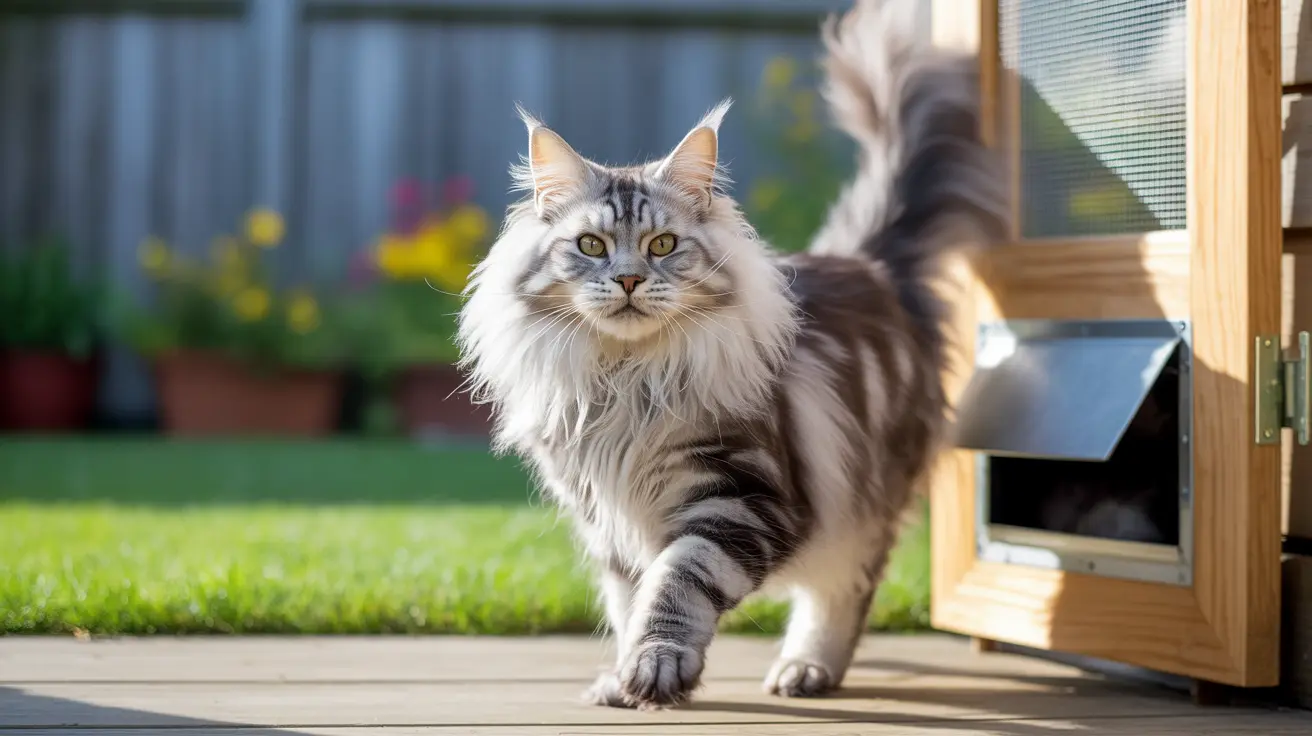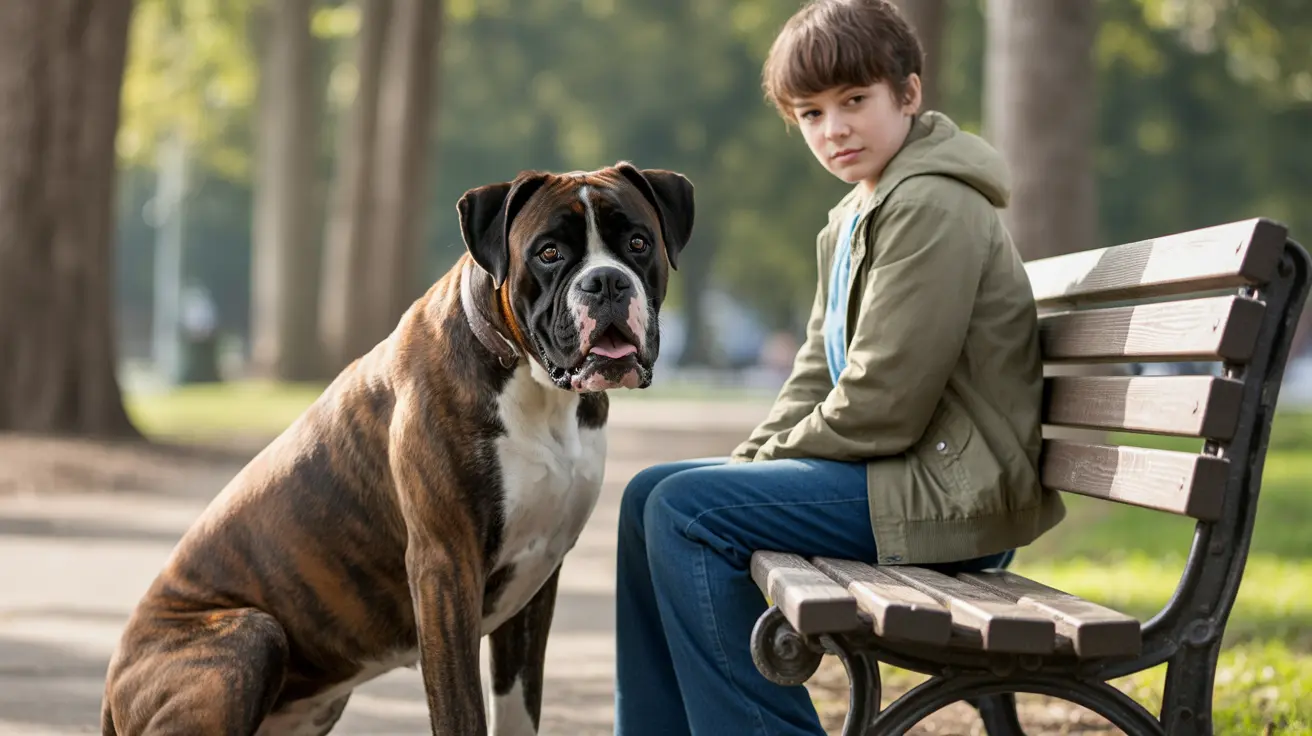The Closest Relatives to Bears: Unraveling Carnivoran Kinship
Bears are among the most recognizable and iconic wild animals in the world, but many people wonder—what is their closest evolutionary relative? Although they may resemble dogs in some ways, determining the **closest relative to bears** involves diving into the world of mammalian classification and evolutionary history.
Understanding Carnivoran Lineages
Both **bears and dogs** belong to the order **Carnivora**, a group that encompasses a wide range of meat-eating mammals. Carnivora is divided into two major suborders:
- Caniformia: Dog-like carnivores
- Feliformia: Cat-like carnivores
Bears (family Ursidae) fall into the **Caniformia** suborder, as do dogs, wolves (family Canidae), weasels, otters, skunks, seals, and more. This means bears are more closely related to caniform carnivores than to feliform species like cats and hyenas.
Key Members of Caniformia
The suborder Caniformia includes the following families:
- Canidae: Dogs, wolves, foxes, jackals
- Ursidae: Bears
- Mustelidae: Weasels, otters, badgers
- Procyonidae: Raccoons
- Mephitidae: Skunks, stink badgers
- Pinnipedia: Seals, sea lions, walruses
- Ailuridae: Red pandas
These groups are unified by evolutionary traits, such as **plantigrade posture**, **nonretractile claws**, and **omnivorous diets**, which suggest a shared ancestral lineage.
The Evolutionary Timeline
According to both **molecular and fossil evidence**, bears diverged from their caniform relatives between **38 and 50 million years ago**, during the Eocene epoch. The earliest members of Caniformia were small, tree-dwelling mammals resembling **modern weasels or martens**.
Over time, the Caniformia suborder branched out:
- Canids diverged early on and evolved into today’s dogs and wolves.
- Bears (Ursidae) split off and adapted to more omnivorous diets and larger body sizes.
- Other families like Mustelidae and Pinnipedia evolved specialized niches such as aquatic or fossorial lifestyles.
The Bear-Dogs (Amphicyonids): A Curious Case
During the Eocene and Miocene epochs, **amphicyonids**, or “bear-dogs,” roamed the Earth. These extinct caniforms shared traits with both bears and dogs but were not true ancestors of either. They represent an early divergent lineage within Caniformia—evidence of the suborder’s rich evolutionary diversity.
Closest Extant Relatives: Not Dogs, But Others
While similarities might suggest a close link between dogs and bears, genetic studies show that **bears are genetically closer to other non-canid caniforms**, such as:
- Mustelids: Their dental morphology and omnivorous habits align more with weasels and badgers.
- Pinnipeds: Surprisingly, seals and sea lions share a more recent ancestor with bears than with canids.
- Procyonids: Raccoons and other small mammals are evolutionary cousins of bears.
This indicates that the **closest relatives to modern bears** are more likely to be mustelids and pinnipeds than domestic dogs.
Shared Traits Within Caniformia
Caniforms share numerous physical and behavioral traits:
- Omnivorous or generalist diets
- Non-specialized carnassial teeth
- Plantigrade locomotion (walking with flat feet)
- Longer snouts and less-specialized jaws compared to feliforms
These features explain why certain species appear similar despite not being closely related.
Genetic and Anatomical Confirmation
Modern **genomic analyses** confirm the evolutionary branching of bears away from dogs and into a group more in tune with aquatically adapted or burrowing species. Skeletal studies also reveal that **dental and cranial features** of bears more closely resembled mustelids and pinnipeds than canids.
Why the Confusion with Dogs?
The perceived dog-bear connection stems from **superficial similarities**, like body shape or fur type. However, these traits often result from **convergent evolution** or retained ancestral features rather than direct descent. Dogs and bears simply evolved along **parallel paths** from a **shared caniform ancestor**, not from each other.
Conclusion
Though bears may seem more dog-like than feline, their **closest relatives** are actually other non-canid caniform mammals like **mustelids, pinnipeds, and raccoons**, rather than domestic dogs. Understanding these evolutionary relationships highlights the diversity and adaptability of carnivorous mammals and the subtle complexities in how species evolve and diverge over time.





